
Copernical Team
Return highlights | Cosmic Kiss
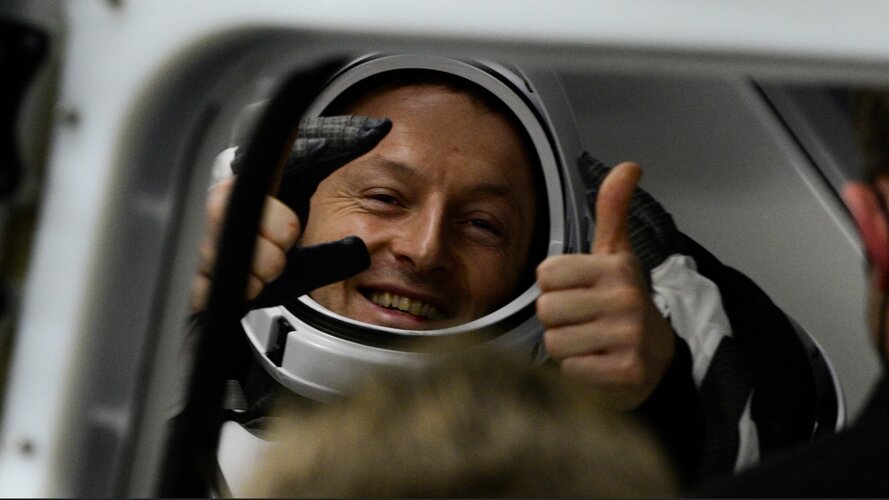 Video:
00:01:41
Video:
00:01:41
The Crew Dragon capsule carrying ESA astronaut Matthias Maurer and NASA astronauts Raja Chari, Thomas Marshburn and Kayla Barron home from the International Space Station splashed down off the coast of Florida, USA, on Friday 6 May 2022 at 05:43 BST/06:43 CEST.
Its return marks the end of Crew-3’s almost six-month stay in orbit and the end of Matthias’s first mission, known as Cosmic Kiss.
Crew-3 undocked from the International Space Station in Crew Dragon spacecraft Endurance at 06:20 BST/07:20 CEST Thursday 5 May. When a Crew capsule splashes down, it is met by nearby ships with experts ready
NASA rocket to measure Earth's life-supporting secret: a weak electric field
 Why does Earth support life, while Venus and Mars - and for all we know, any other planet in the universe - do not?
"It's one of the most fundamental questions in all of science: Why are we here? And it's what Endurance is after," said Glyn Collinson, a space scientist at NASA's Goddard Space Flight Center in Greenbelt, Maryland, and principal investigator for NASA's Endurance mission.
Why does Earth support life, while Venus and Mars - and for all we know, any other planet in the universe - do not?
"It's one of the most fundamental questions in all of science: Why are we here? And it's what Endurance is after," said Glyn Collinson, a space scientist at NASA's Goddard Space Flight Center in Greenbelt, Maryland, and principal investigator for NASA's Endurance mission. Crew-3 splashdown
 Image:
Image:
The Crew Dragon capsule carrying ESA astronaut Matthias Maurer and NASA astronauts Raja Chari, Thomas Marshburn and Kayla Barron home from the International Space Station splashed down off the coast of Florida, USA, on Friday 6 May.
Its return marks the end of Crew-3’s almost six-month stay in orbit and the end of Matthias’s first mission, known as Cosmic Kiss.
Crew-3 undocked from the International Space Station in Crew Dragon spacecraft Endurance at 06:20 BST/07:20 CEST Thursday 5 May.
When a Crew capsule splashes down, it is met by nearby ships with experts ready to bring it on board, open the hatch,
Earth from Space: Rhine River, Germany
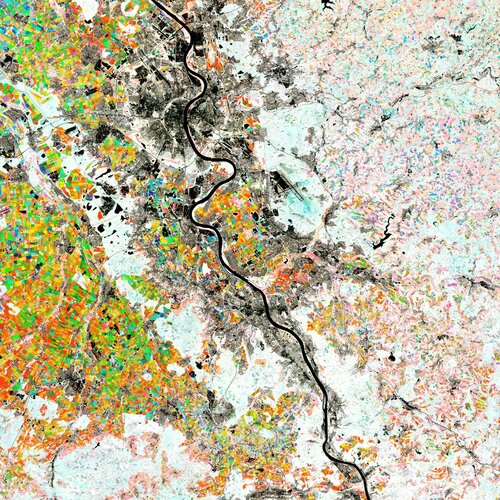
The Rhine River, the longest river in Germany, is featured in this colourful image captured by the Copernicus Sentinel-2 mission. Along this river lies the city of Bonn: the host of this year’s Living Planet Symposium – one of the largest Earth observation conferences in the world – taking place on 23–27 May 2022.
Crew-3 splashdown | Cosmic Kiss
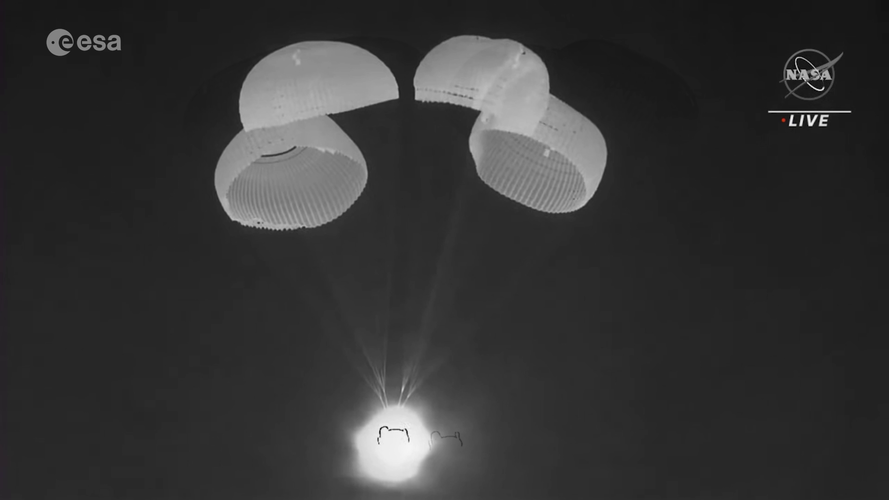 Video:
00:02:28
Video:
00:02:28
The Crew Dragon capsule carrying ESA astronaut Matthias Maurer and NASA astronauts Raja Chari, Thomas Marshburn and Kayla Barron home from the International Space Station splashed down off the coast of Florida, USA, on Friday 6 May 2022 at 05:43 BST/06:43 CEST.
Its return marks the end of Crew-3’s almost six-month stay in orbit and the end of Matthias’s first mission, known as Cosmic Kiss.
Crew-3 undocked from the International Space Station in Crew Dragon spacecraft Endurance at 06:20 BST/07:20 CEST Thursday 5 May.
When a Crew capsule splashes down, it is met by nearby ships with experts ready to
SpaceX brings 4 astronauts home with midnight splashdown
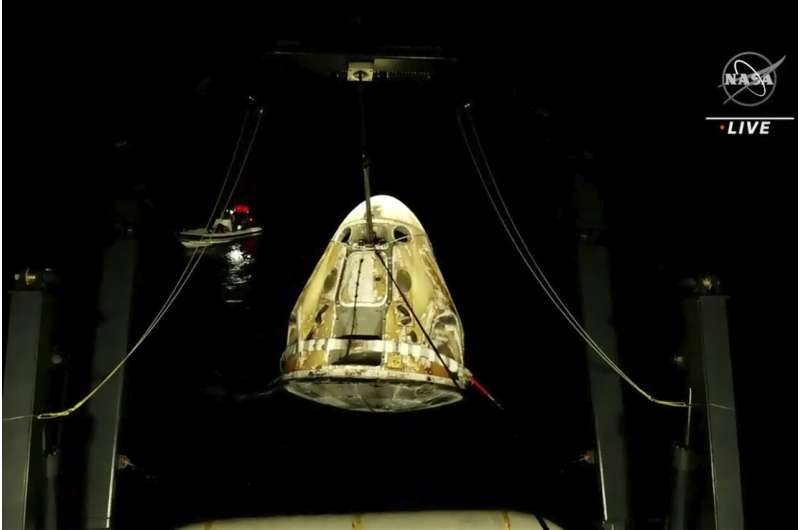
SpaceX brought four astronauts home with a midnight splashdown in the Gulf of Mexico on Friday, capping the busiest month yet for Elon Musk's taxi service.
Astronaut crew returns to Earth after six months on ISS
 NASA's Crew-3 mission returned home to Earth on Friday after six months aboard the International Space Station.
The SpaceX Dragon Endurance spacecraft with NASA astronauts Kayla Barron, Raja Chari and Tom Marshburn, as well as European Space Agency astronaut Matthias Maurer, undocked from the orbital laboratory a day earlier.
Their 23.5 hour journey back saw them splash down off the coas
NASA's Crew-3 mission returned home to Earth on Friday after six months aboard the International Space Station.
The SpaceX Dragon Endurance spacecraft with NASA astronauts Kayla Barron, Raja Chari and Tom Marshburn, as well as European Space Agency astronaut Matthias Maurer, undocked from the orbital laboratory a day earlier.
Their 23.5 hour journey back saw them splash down off the coas Welcome home Matthias - Crew-3 splashes down
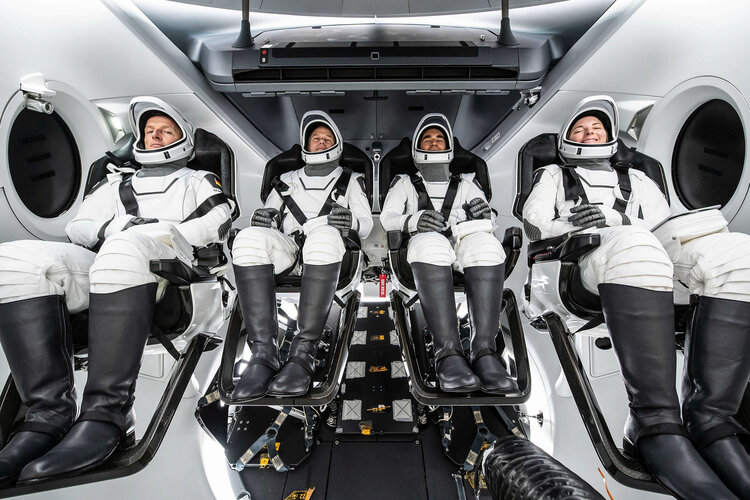
ESA astronaut Matthias Maurer is safely back on Earth after splashing down off the coast of Florida, USA, at 05:43 BST/06:43 CEST today alongside NASA astronauts Raja Chari, Thomas Marshburn and Kayla Barron in Crew Dragon capsule Endurance.
China launches Jilin-1 commercial satellites
 China on Thursday launched a Long March-2D rocket to place a group of eight satellites in space.
Satellite Jilin-1 Kuanfu 01C, together with seven Jilin-1 Gaofen 03D satellites, was lifted at 10:38 a.m. (Beijing Time) from the Taiyuan Satellite Launch Center in the northern province of Shanxi and soon entered the preset orbit.
With its wide coverage, Jilin-1 Kuanfu 01C can provide im
China on Thursday launched a Long March-2D rocket to place a group of eight satellites in space.
Satellite Jilin-1 Kuanfu 01C, together with seven Jilin-1 Gaofen 03D satellites, was lifted at 10:38 a.m. (Beijing Time) from the Taiyuan Satellite Launch Center in the northern province of Shanxi and soon entered the preset orbit.
With its wide coverage, Jilin-1 Kuanfu 01C can provide im Hubble reveals surviving companion star in aftermath of supernova
 NASA's Hubble Space Telescope has uncovered a witness at the scene of a star's explosive death: a companion star previously hidden in the glare of its partner's supernova. The discovery is a first for a particular type of supernova - one in which the star was stripped of its entire outer gas envelope before exploding.
The finding provides crucial insight into the binary nature of massive s
NASA's Hubble Space Telescope has uncovered a witness at the scene of a star's explosive death: a companion star previously hidden in the glare of its partner's supernova. The discovery is a first for a particular type of supernova - one in which the star was stripped of its entire outer gas envelope before exploding.
The finding provides crucial insight into the binary nature of massive s 
































